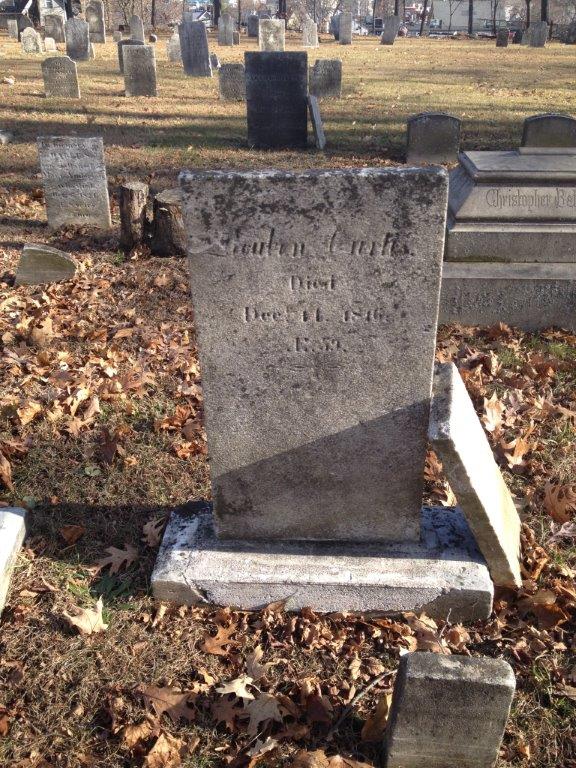Reuben CURTIS
SAR Patriot #:
P-142638
The following information was assembled from numerous sources and cannot be used directly as proof of Qualifying Service or Lineage.
It is considered a research aid and is intended to assist in locating sources that can be used as proof.
State of Service: CT
Qualifying Service: Private
DAR #: A028943
Birth: 13 May 1757 Newtown / Fairfield / CT
Death: 14 Dec 1816 Danbury / Fairfield / CT
Qualifying Service Description:
- Oath of Fidelity, 1783
- Private - 4th, 12th, 13th Regiments, CT Line
- Captain Hickocks company, 1776
- Colonel Benjamin Hinmans regiment, 1775
- Captain David Millers company, Lt Colonel Obediah Hosfords regiment, 1776
Additional References:
- H pg Johnson, "Record of CT Men in the Military and Naval Services during the Revolution", 1889, pg 62 & 467
- SAR Patriot Index Edition III (CD: PP2210, Progeny Publ, 2002) plus data to 2004
- Collections of the CT Historical Society, Vol VIII, pg 160
- E J Johnson, Newtown History and Historian, pg 123
Spouse: Silence Allen
Children: Matthew; Joseph; Abner; Phebe; Sally W; Betsey;
Members Who Share This Ancestor
| Date Approved | Society | ACN | SAR Member Info | Lineage via Child | View Application Detail | |
|---|---|---|---|---|---|---|
| 1941-06-12 | NY | Unassigned | Curtis Goddard Hogan (60494) | Matthew | ||
| 1983-07-19 | NY | Unassigned | Herbert Henry Jackson (122486) | Joseph | ||
| 2009-12-22 | NY | 37419 | Robert John Gang III (171999) | Abner |
Location:
Danbury / Fairfield / CT / USA
Find A Grave Cemetery #:
Marker Type:
SAR Grave Dedication Date:
Comments:
Photo by permission: Robert Gang
Directions to Cemetery / Gravesite:
